The Beatles’ Liverpool
Friday, 6th July 2012 by Ian Brown
Fifty-five years ago today a teenager named Paul McCartney somewhat grudgingly went to a concert by The Quarrymen at St Peter's Church in Woolton, only agreeing to go after being told by a friend that it would be a good place to meet girls. Instead he met the leader of the band - John Lennon. The rest, as they say, is history. Paul joined The Quarrymen shortly after, and later convinced his friend George Harrison to join the band as well.
The churchyard is now one of many stops for Beatles fans touring Liverpool - Street View even captured something called the 'Fab Four Taxi Tour' parked outside the church. One of the gravestones is for the Rigby family, including an Eleanor, though Paul generally claims that he didn't take the name for his famous song from here.
Paul grew up at 20 Forthlin Road. The small house was an early gathering place for the Beatles and many songs were written here. Because of this historic significance, the National Trust purchased the property in 1995.
John lived a short distance from St Peter's Church, at 251 Menlove Avenue - the semi-detached house and leafy boulevard quite a contrast to the much more modest homes his bandmates lived in. The National Trust was reluctant to purchase the house as it didn't have a direct connection to the band. Yoko Ono purchased it in 2003 and donated it to the Trust.
George Harrison's family home was a small terraced house at 12 Arnold Grove. While it has been declared a heritage site, the current owner has resisted having a sign placed on the building, maybe feeling that they already get plenty of visitors to their private home.
Ringo Starr lived with his mother at 10 Admiral Grove, which the Street View car couldn't quite get to. The pub at the end of the street was pictured on the cover of his first solo album.
After trying a few other names, the band (with Pete Best on drums) was renamed The Beatles in 1960. They spent much of the next two years honing their craft in Hamburg, though when back in Liverpool they played regularly to build their audience at home.
After returning from one particular stint in Germany, a series of shows at Litherland Town Hall (now a health centre) in late 1960 / early 1961 is generally acknowledged to be the start of 'Beatlemania', with the now-solid band getting rave reviews and an increasingly hysterical following.
One of the most iconic Liverpool locations for The Beatles is The Cavern Club, where they played regularly in their early days. The club has changed hands many times, but is very popular today as a joint tourist attraction and live music venue. Mathew Street is pedestrianised, but we can see the Cavern sign from the nearby road, and just catch a glimpse of the statue of John leaning against the wall outside the club.
The building at the entrance to Mathew Street is now a hotel cleverly named The Hard Days Night. It has statues of the band above street level, images in the windows, and many other Beatles references.
The band also rehearsed and played regularly at The Jacaranda, owned then by Alan Williams who became their first manager.
In the summer of 1962, Pete Best was sacked and replaced by Ringo Starr. The Beatles' first gig with the lineup that became world-famous took place at Hulme Hall in Port Sunlight, across the Mersey from Liverpool.
Numerous locations around Liverpool were mentioned in Beatles songs, with one of the most famous being Penny Lane.
While Paul wrote the song, it was John's neighbourhood, being close to both the Menlove Avenue house, as well as an earlier home. His first wife Cynthia worked in a shop nearby. Penny Lane's 'shelter in the middle of a roundabout' was a busy bus terminus serving the numerous buses which ran along the major roads which meet here. Redeveloped into a cafe (latterly named Sergeant Pepper's!) it now sits derelict despite the number of tourists who visit the area.
Less than a kilometre to the east is the other half of The Beatle's famous 1967 single. Strawberry Field (pluralised by John for the song's title) was a Salvation Army children's home with sprawling wooded grounds where John often played as a child. The brick walls have been heavily graffitied by visitors over the years. The red iron gates have recently been replaced by replicas.
The city's airport was renamed Liverpool John Lennon Airport ten years ago, and there a large statue of John in the check-in area. Outside the airport is a 15m Yellow Submarine statue, but unfortunately the Street View car didn't quite get there - so we have to make do with a distant view.
The statue was created for a Beatles-themed garden at 1984's International Garden Festival, after which it was moved to a park. It was restored and moved to the airport in 2005.
Tourists who don't want to travel around the city to all these different locations can get a quick and easy fix of Beatles history by visiting the museum on Albert Dock.
After just a few short years of intense stardom and worldwide tours, The Beatles played for the last time in their home town on December 5, 1965, at the Empire Theatre.
A short tour of huge venues in major cities around the world the following summer was the end of the band's live career. After a few years of working together on a series of classic albums, the band broke up at the end of the decade.
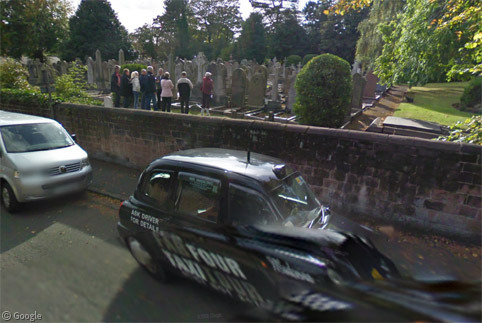
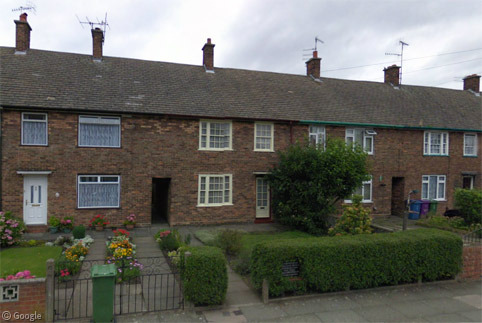
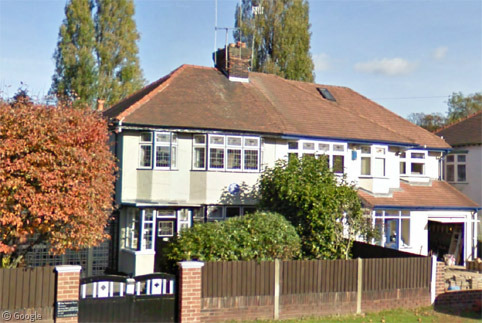
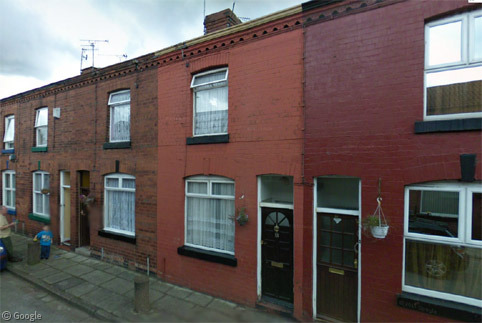
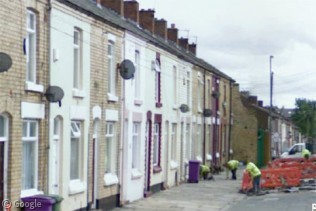
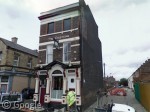
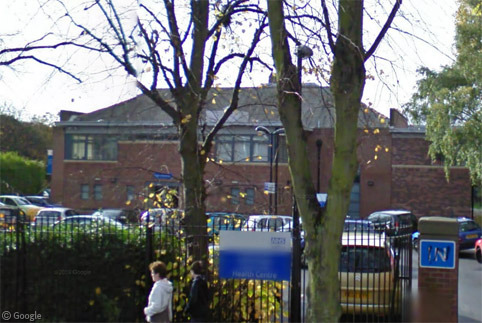
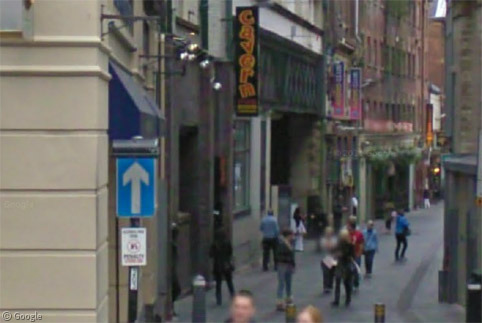
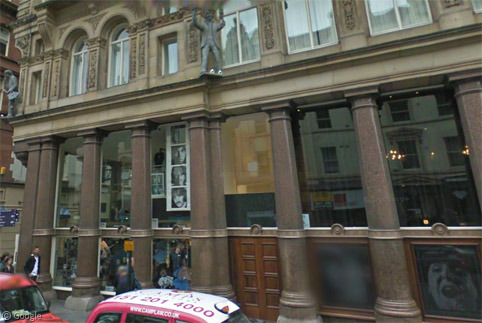
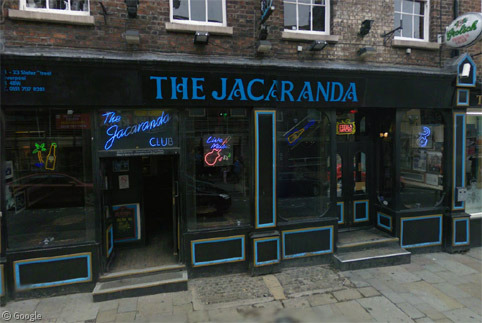
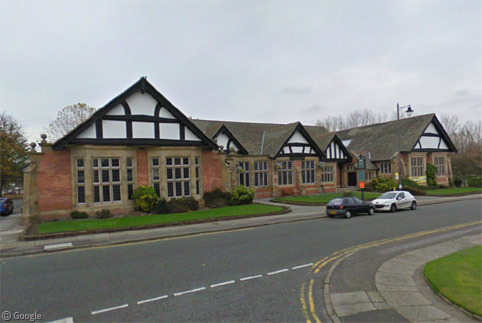
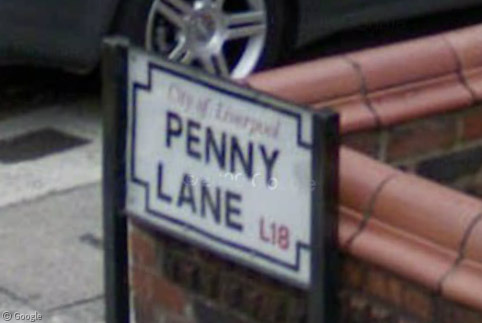
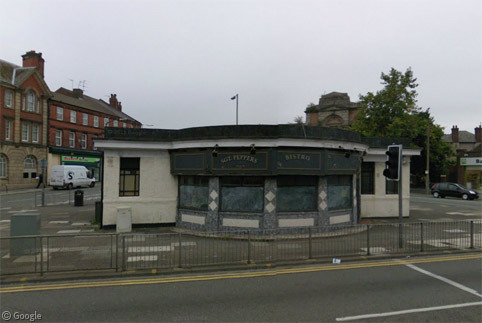
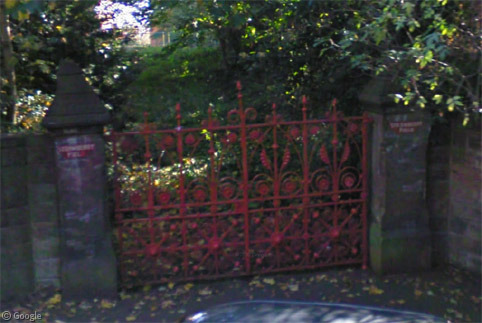
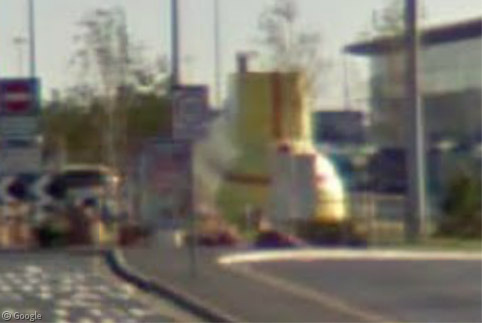
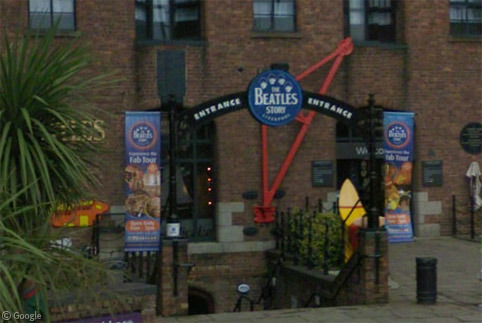
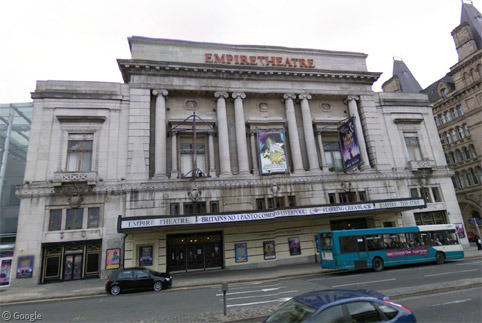
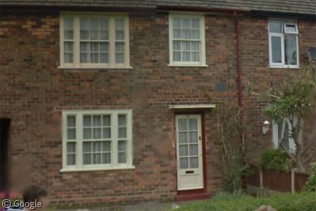
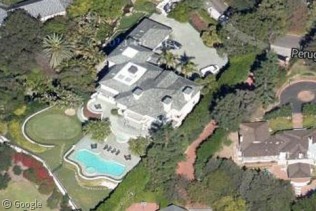
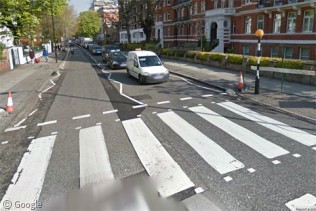
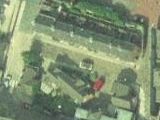
Always and forever a BEATLEMANIAC!
Google’s survey of Liverpool’s looking increasingly dated now. It’s still a land where Woolworths is open, Liverpool One’s still a building site and pertinent to this, The Jac’s still open. It closed last November.
http://www.liverpoolecho.co.uk/topics/jacaranda/
Excellent work though. Well done.